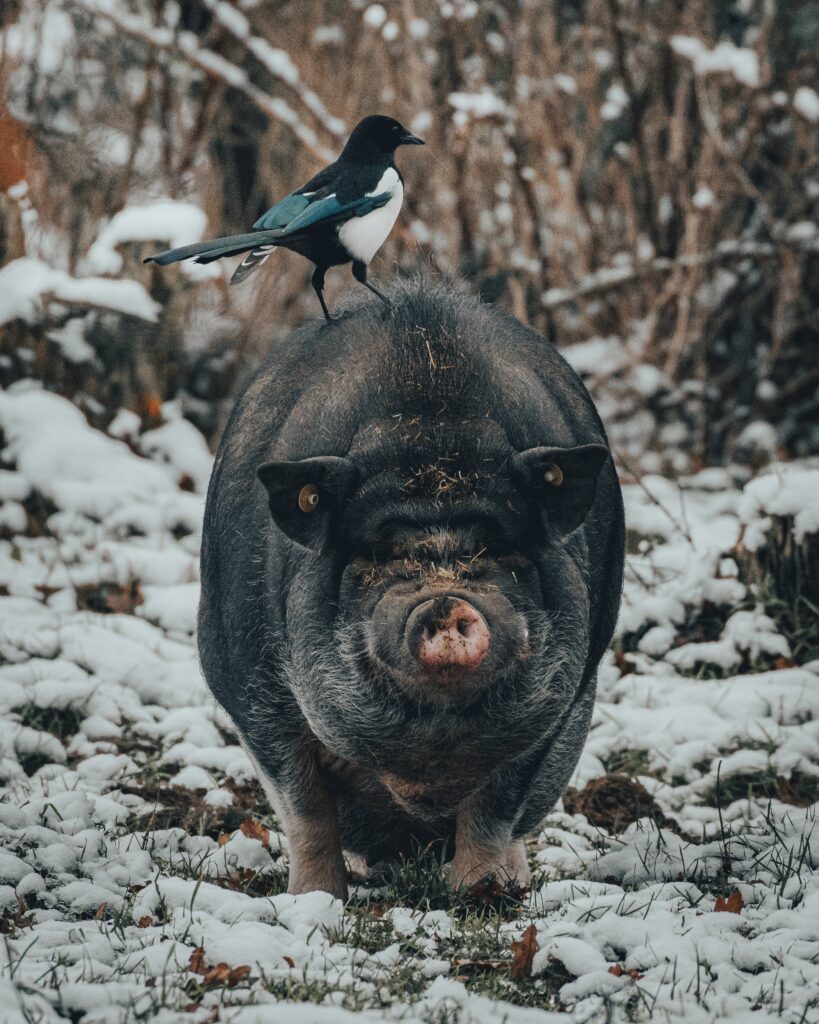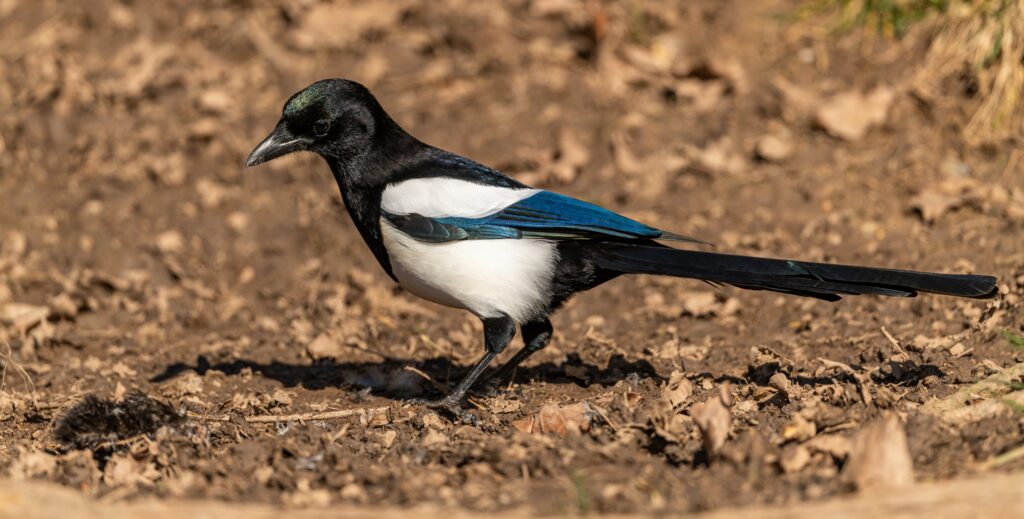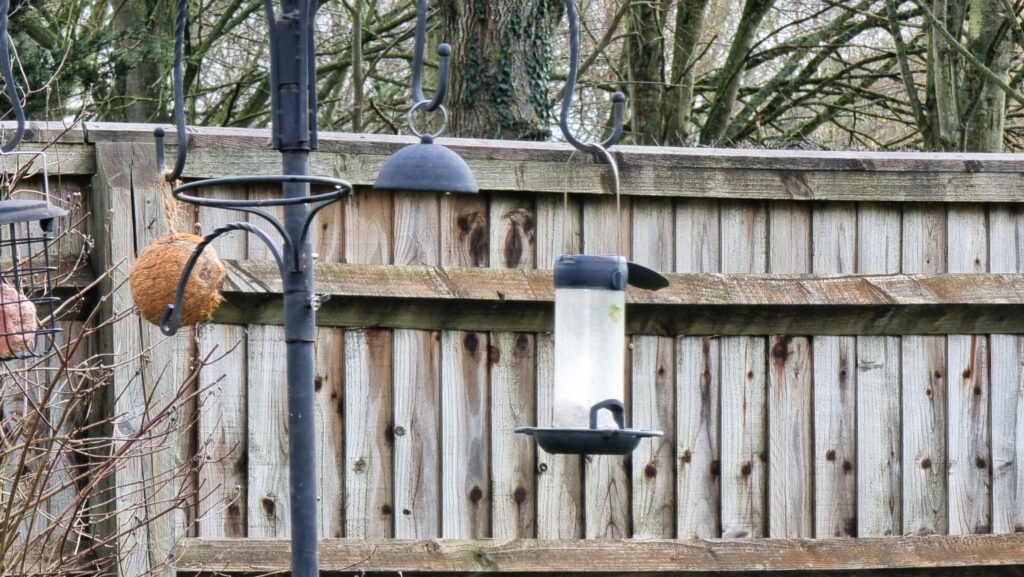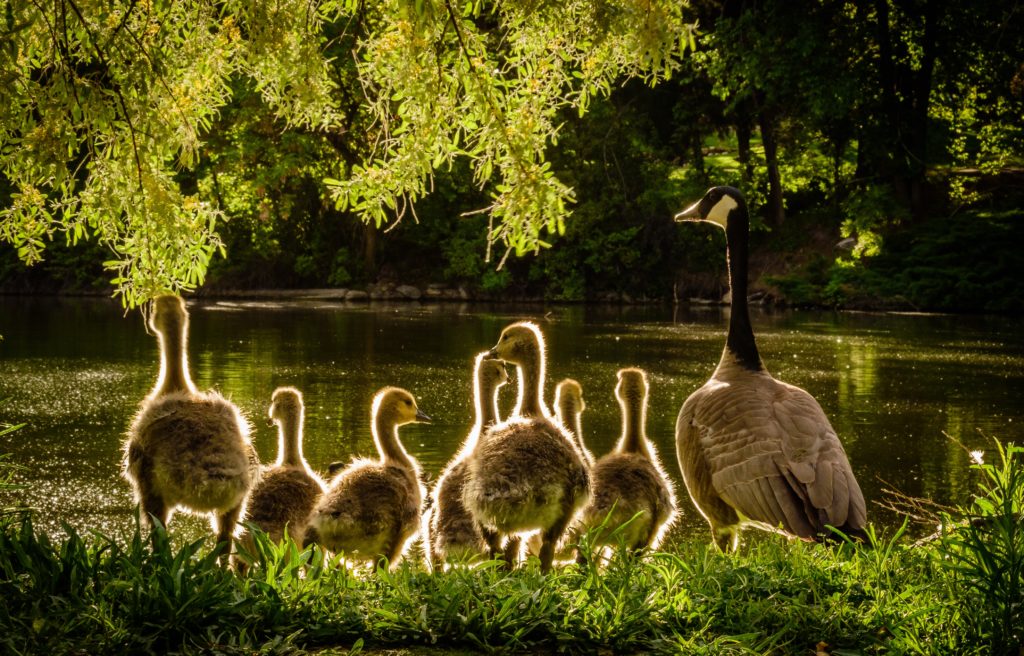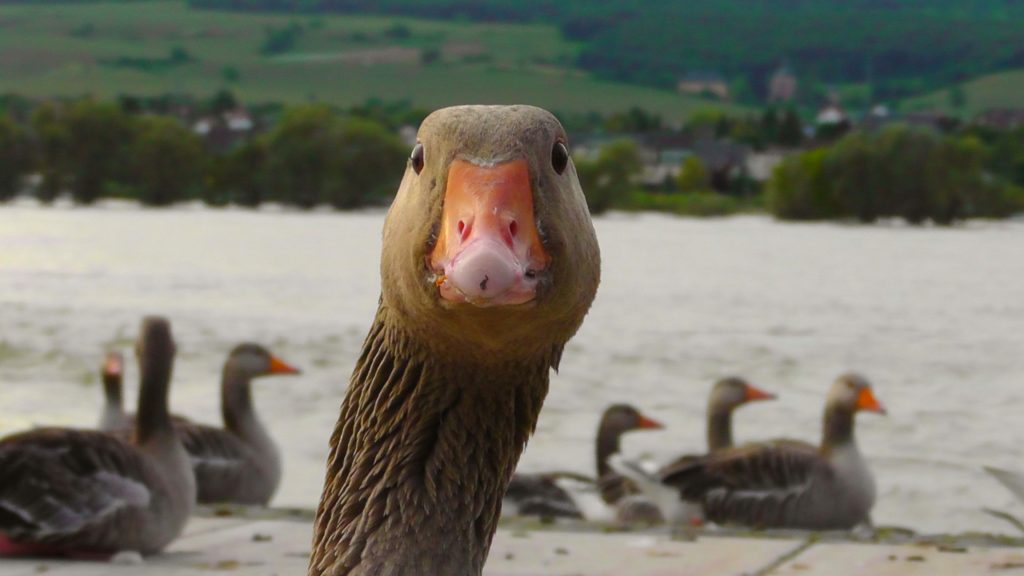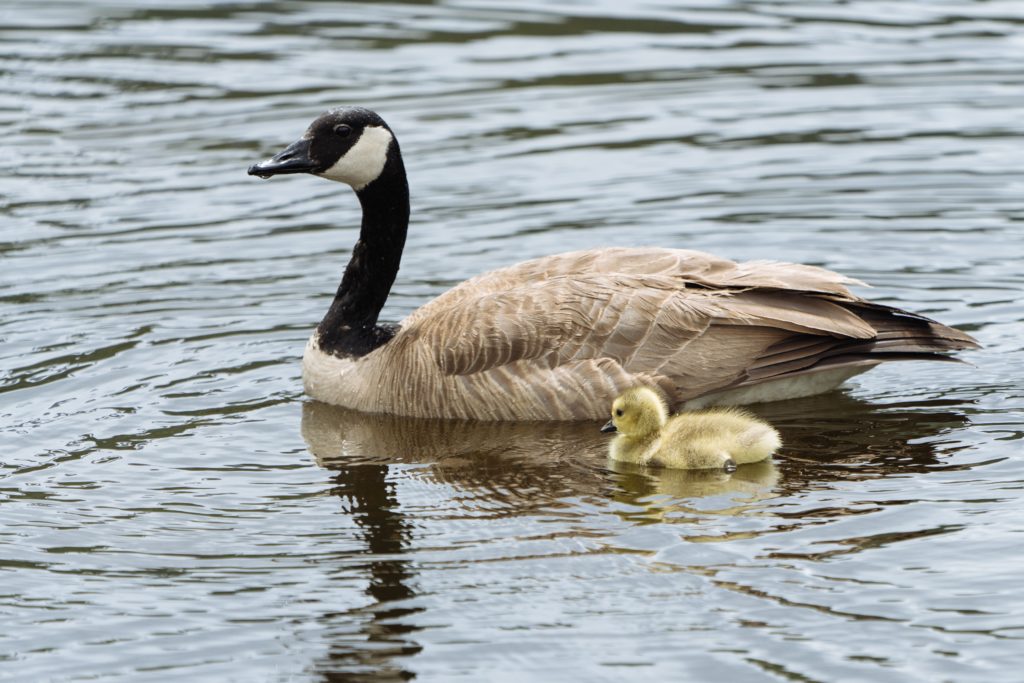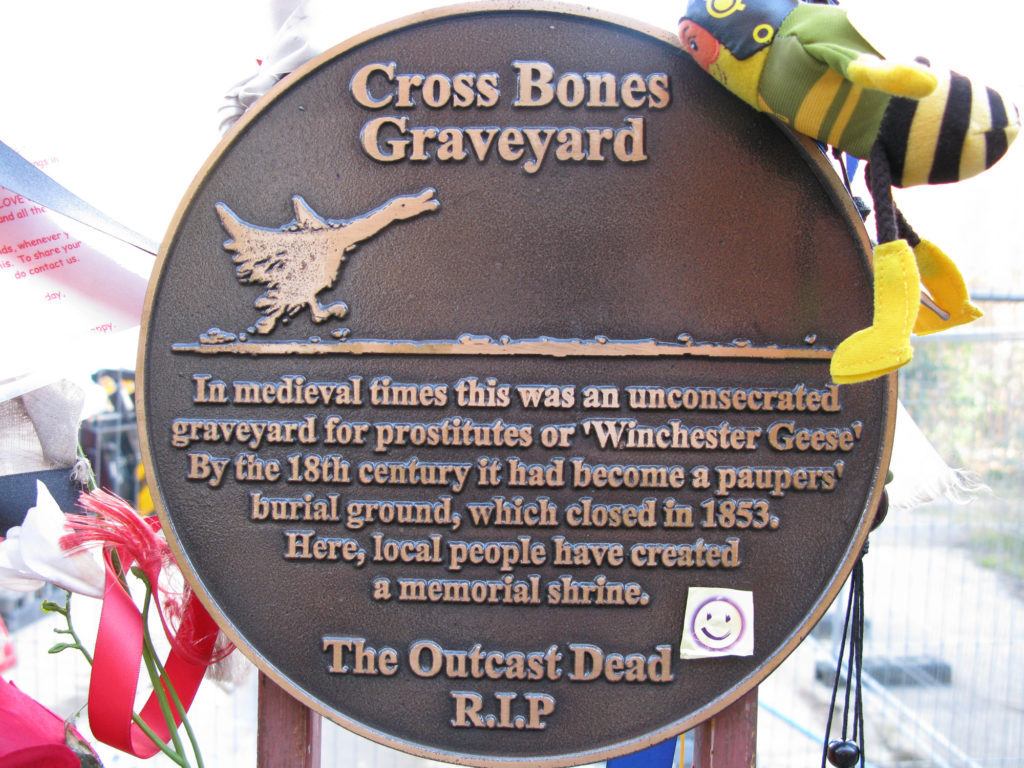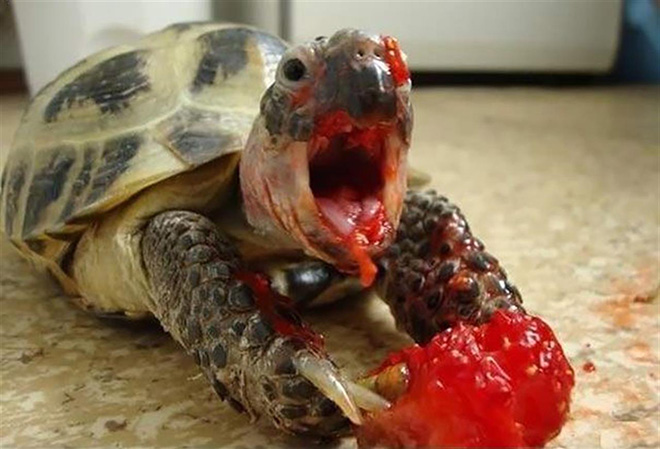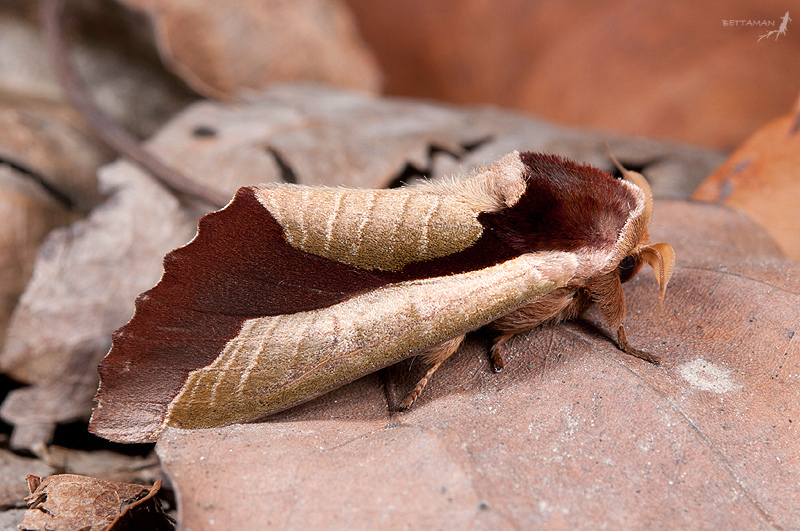So, a shipment of crickets for the lizard arrived via FedEx today. It was my first time ordering bulk crickets off the internet, and I naively assumed that they would be in like, a
bag or some other contraption to facilitate easy transfer to another container. They were not.
They were in a cardboard box. And I cut the tape and opened the box and SURPRISE! Crickets everywhere. It was the middle of the workday and I didn’t have time to deal with cricket
logistics, so I put the tape back on the box.
And then I put the box in the upstairs bathroom, the only semi-contained place in the house where I knew the kids and the cats and the dogs wouldn’t be able to get at the box and tear
it open and unleash 250 hungry crickets into our warm, semi-humid environment.
About 20 minutes later I’m back at work on my computer, and I hear my wife in the kitchen: “where are these goddamn crickets coming from.” I freely admit I had not kept her fully
up-to-date on my cricket purchasing plans.
And at first I was like “okay, maybe one or two got out when I initially opened the box. No biggie.” I kept working.
With the benefit of hindsight, this was a mistake.
I’m trying to wrap up a story but I keep hearing cricket-related exclamations coming from the kitchen. Eventually I get up to investigate. I say, “So uh the crickets got here toda–”
“I REALIZE THAT,” she says. “WHY ARE THEY ALL OVER THE KITCHEN”
I say “That’s a good question. Let me check something.” I walk over to the bathroom. I open the door. There are crickets. Everywhere.
Crickets on the floor. Crickets on the walls. Crickets in the sink. Crickets in the toilet.
For some reason my first instinct is to flush the toilet, as if that will do anything to solve the problem of crickets in all the other places that were not the toilet. I shut the
door. “Uh, don’t come in here!” I try to sound cheerful.
Apparently I had not sealed the box shut as well as I should have. I ended up rushing out to the shed, in the 18″ of snow and below zero temperatures, to pick up a spare aquarium we
had. I spent about 45 minutes collecting crickets from the bathroom.
Of course by this point many had migrated elsewhere. They were in the closet. In the shoes. Making their way downstairs to the playroom. The cats were having what I can only imagine
was the greatest day of their lives.
I tried to collect all of them. It was like the world’s shittiest game of Pokemon. But here we are, roughly 10 hours after the initial catastrophe, and stray crickets are still
turning up in odd places.
I make this information public because if I do not send any tweets tomorrow, it is because my wife murdered me after finding a cricket in our bed in the middle of the night.
And that’s the news from Red Lake Falls.
Good afternoon everyone.
I’m pleased to report that I’m still alive, and that my marriage is still intact! You all had so much fun with this that my editor made me turn it into a story, which I present to you
here, as a sort of director’s cut of this thread.
To all you monsters who demanded photos of the infestation: believe it or not, while a horde of crickets was marauding through my house I did not think to whip out my phone and start
snapping pics
I mean, can you imagine?
Wife: THERE’S A CRICKET IN MY PUMPKIN PIE
Me: This is tremendous content, where’s my phone
But I’m glad you all enjoyed our suffering, we’ve been laughing our asses off at your responses all day which almost makes it all worth it. To my new followers, I look forward to
disappointing you in 2019.
Speaking as somebody who’s previously managed to accidentally infest a house with crickets, I feel this guy’s pain. We tried to ignore ours, thinking that they’d die out in the winter,
but instead they just huddled into the warmest, least-accessible places in the house, such as under the fireplace and the fridge-freezer, and continued their incessant chirping. It was
only when we started putting down ant poison that we began to bring the plague under control.


